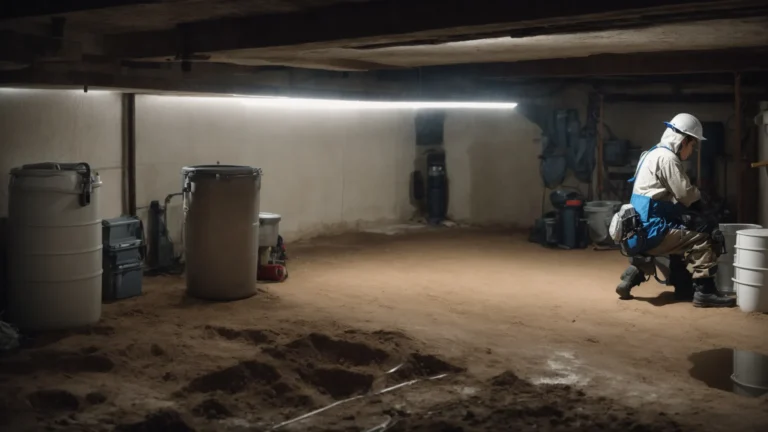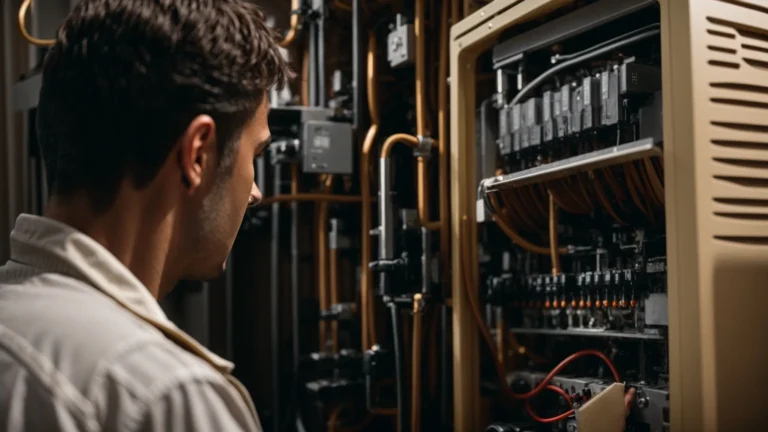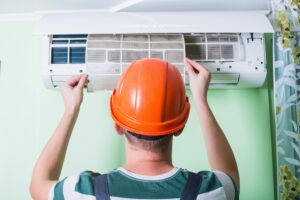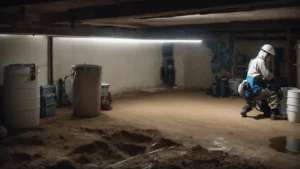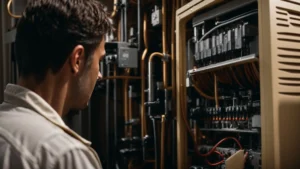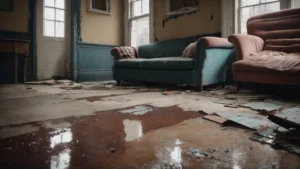Virginia homeowners face over $5 billion in termite damage annually, making early detection your first line of defense against these destructive pests. Effective termite prevention starts with early detection in Greenbriar VA, where our humid subtropical climate creates perfect conditions for termite activity. Most homeowners miss the subtle warning signs until damage becomes extensive and expensive to repair.
This detection guide will help you identify termite activity before major infestation occurs, potentially saving thousands in repair costs and protecting your home’s structural integrity. When you know what to look for, you can take swift action to prevent small problems from becoming major headaches.
Why Early Detection Matters in Greenbriar VA
Greenbriar’s humid subtropical climate creates ideal conditions for termite activity throughout most of the year. Peak termite season runs from March through May and again from September through November, with swarms typically occurring between 10 AM and 6 PM after warm spring rains.
Local home construction presents unique vulnerabilities that make early detection even more important. Many Greenbriar homes feature brick veneer with wooden frame construction, creating multiple entry points where termites can access wooden structures. Crawl space construction, common in older neighborhoods, provides easy access to floor joists and support beams. Wooden decks and porches attached directly to homes create additional risk zones.
The longer termites remain undetected, the more expensive repairs become. A small colony discovered early might require minimal treatment, while extensive damage can mean replacing support beams, flooring, and even structural elements.
Visual Signs of Termite Activity
Learning to recognize termite evidence helps you catch infestations during their earliest stages. These signs often appear months before structural damage becomes visible.
Mud tubes represent one of the most reliable indicators of termite presence. These pencil-thick brown tubes run along foundation walls, connecting soil to wooden structures above. In Greenbriar homes, check carefully around brick mortar joints, concrete slab edges, and anywhere wood meets masonry. Don’t immediately destroy discovered tubes – photograph them first for professional assessment. Monthly inspection of these areas should become part of your routine home maintenance.
Discarded wings scattered around windowsills, door frames, and spider webs signal recent swarming activity. After spring and fall rains, termite swarms emerge from established colonies to start new ones. These wings are equal in length and translucent, unlike ant wings which vary in size. Finding wings indoors means termites have already entered your home. Vacuum the wings immediately and schedule professional inspection.
Termite droppings, called frass, appear as small wood-colored pellets near wooden structures. Look for these around deck posts, porch railings, and basement wooden elements. Fresh frass indicates active feeding, while older droppings suggest past activity. This evidence often accumulates below infested wood and may be your first sign of drywood termite activity.
Hollow-sounding wood reveals internal damage that may not be visible externally. Test wooden structures by tapping them with a screwdriver handle – solid wood produces a sharp sound while termite-damaged wood sounds hollow or dull. Focus on support beams, floor joists, and door frames during inspection.
Structural Damage Indicators
Once termites establish colonies, structural damage follows predictable patterns. Surface wood damage appears as grooves, tunnels, or galleries carved parallel to the wood grain. Infected wood develops a soft, spongy texture that yields to pressure. Paint may bubble or peel without obvious moisture damage, indicating termite activity beneath the surface.
Check wooden siding, window trim, and door frames regularly for these changes. Document any damage with photographs and measurements to track progression over time.
Sagging or weakened structures indicate advanced termite damage requiring immediate attention. Floors may sag or develop squeaky boards in new locations. Doors and windows become difficult to open or close as frames weaken and warp. Ceiling tiles or drywall may sag as support structures lose integrity.
Pay special attention to areas where wood meets concrete foundations, as these junctions provide common entry points for termites. When structural integrity appears compromised, contact professionals immediately – further delay risks serious safety hazards.
Creating Your Inspection Schedule
Establishing a regular inspection routine helps catch termite activity early. Spring inspections in April and May should focus on post-winter damage assessment, particularly around foundation perimeters and deck attachments. Heavy spring rains often reveal new termite activity as moisture draws swarms to vulnerable areas.
Fall inspections in September and October prepare your home for winter while identifying any new termite activity. Before heating season begins, check crawl spaces and basement areas where moisture levels change with temperature fluctuations.
Monthly quick checks take only five minutes but provide ongoing monitoring between seasonal inspections. Walk your home’s perimeter, checking foundation walls and wooden structures near soil. Use a flashlight to examine dark areas where termites prefer to build mud tubes. Keep a simple log of your findings with dates and photos.
When to Call Professionals
Some situations require immediate professional attention. Active swarms with multiple winged termites indoors indicate established colonies that need professional treatment. Extensive damage showing structural weakness or affecting large areas demands expert assessment and treatment planning.
Multiple warning signs occurring together – mud tubes, frass, and visible damage – suggest significant infestation requiring professional intervention. Companies like Universal Pest & Termite provide comprehensive inspection services that can accurately assess termite activity and recommend appropriate treatment.
Minor concerns like single discarded wings or small mud tubes may warrant professional consultation but don’t require emergency response. Document these findings carefully while continuing regular monitoring.
Taking Action on Your Findings
Create a simple detection system that works with your schedule. Monthly perimeter walks combined with seasonal detailed inspections provide adequate monitoring for most homes. Keep a digital photo library organized by date and location to track changes over time.
Maintain contact information for local termite professionals so you can respond quickly when signs appear. Early detection combined with prompt professional treatment prevents minor termite problems from becoming major structural issues.
Regular inspection becomes second nature once you establish the routine. Your vigilance protects your home’s value and your family’s safety while keeping termite prevention manageable and effective.
Start your detection routine today – your home depends on catching termite activity before it causes serious damage. The few minutes spent monthly inspecting your property can save thousands in repair costs and preserve your home’s structural integrity for years to come.


